
Osama Bin Laden’s Files: Al Qaeda provided feedback on Pakistani Taliban’s charter
Al Qaeda leaders Abu Yahya al Libi and Atiyah Abd al Rahman provided detailed feedback on the Movement of the Taliban’s proposed charter.

Al Qaeda leaders Abu Yahya al Libi and Atiyah Abd al Rahman provided detailed feedback on the Movement of the Taliban’s proposed charter.
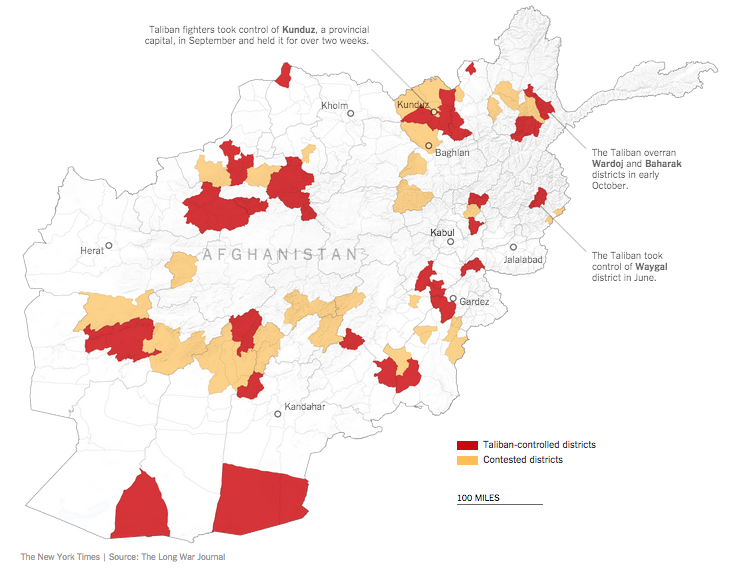
Over the past year, the Taliban have seized control of, or contested, a number of districts in a belt that spans southwestern Herat, eastern Farah, northern and central Helmand, Uruzgan, and northwestern Kandahar. The Taliban have historically used these safe havens to organize operations against neighboring districts and provincial capitals.

According to the Office of the Director of National Intelligence, 204 former Guantanamo detainees are confirmed or suspected of reengaging in terrorist or insurgent “activities.” The number of ex-detainees on the US government’s recidivist list has steadily grown since an estimate was first made public in June 2008.

Newly released documents from Osama bin Laden’s compound reveal that al Qaeda was skeptical about statements issued in Mullah Omar’s name. As of early 2010, bin Laden apparently was not communicating regularly with Omar. Letters from later that same year show, however, that bin Laden likely did begin corresponding with Omar. Bin Laden argued in one letter that the West had been weakened by the war in Afghanistan and the mujahideen simply needed to be patient.
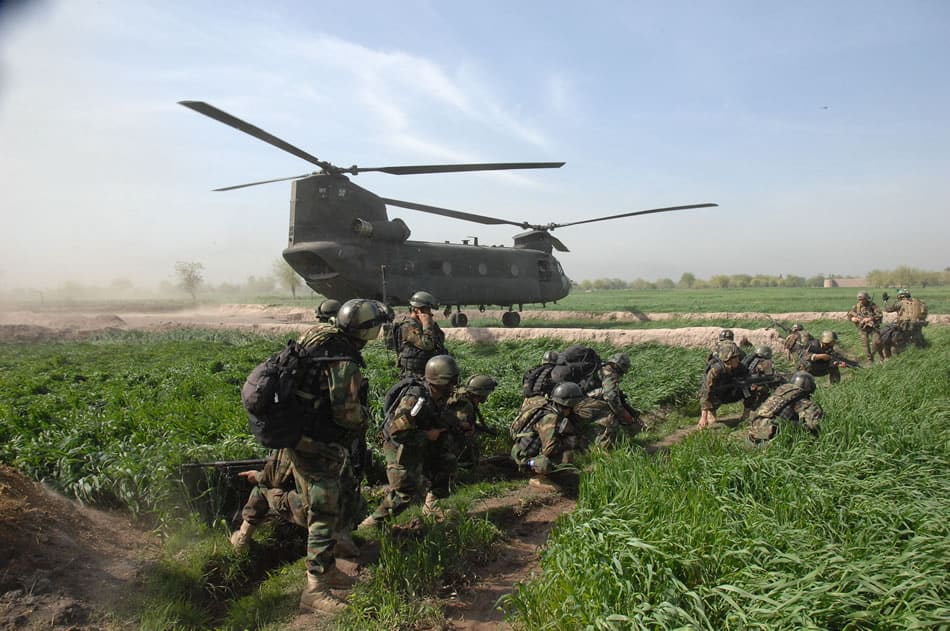
The presence of Taliban prisons in Helmand highlights the rapidly deteriorating security situation in Helmand, where Afghan forces are losing ground to the jihadist group.

“The government itself, the military has been very cooperative and very engaged in the fight against terrorism,” Secretary of State John Kerry told the Senate Foreign Relations Committee, despite Pakistan’s continuing support of the Taliban and other jihadist groups.
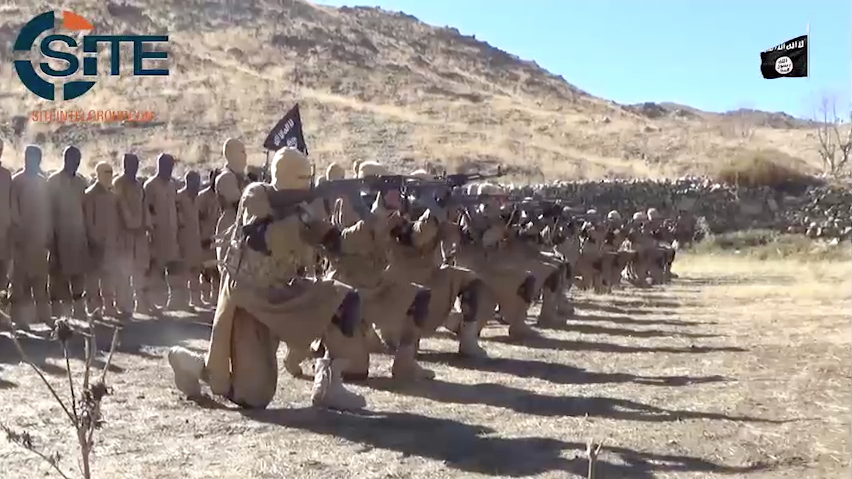
The Islamic State promotes it capabilities as it continues to fight an uphill battle to gain supporters in Afghanistan and Pakistan, where the main Taliban factions and al Qaeda still have the upper hand.
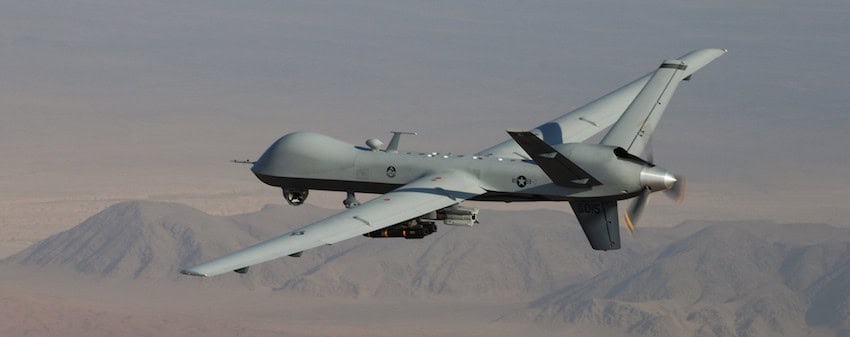
The attack took place in the tribal agency of Kurram, where the al Qaeda-linked Haqqani Network is known to have moved its base of operations.
In addition to Musa Qala, the Afghan National Army withdraw from its base in Now Zad. Afghan officials said both districts are now fully under the control of the Taliban.
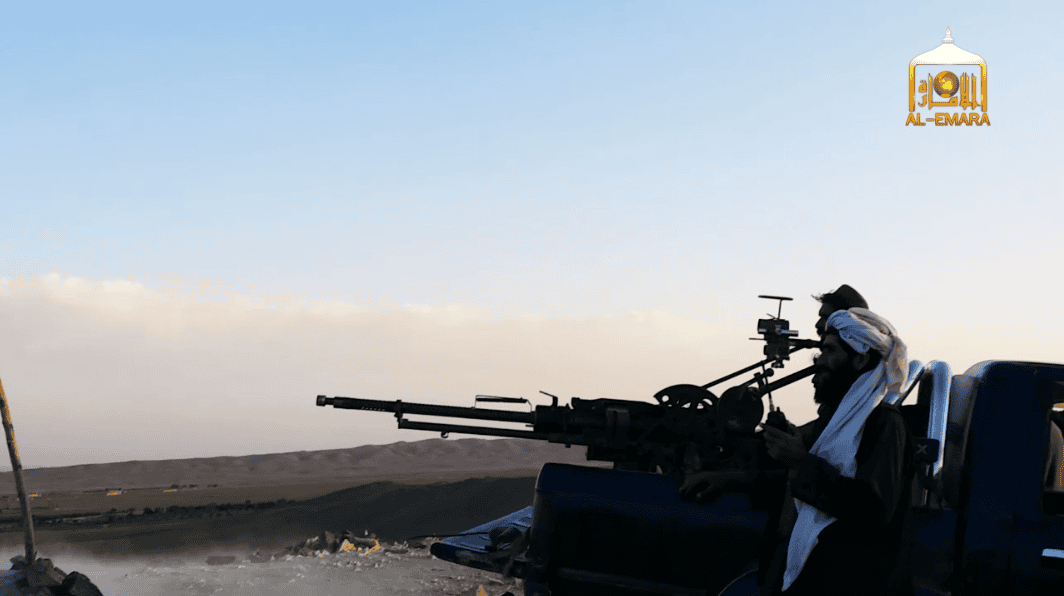
The Afghan Army commander in charge of the fighting in Helmand characterized the Army’s withdrawal from Musa Qala as a redeployment of forces.

The Taliban and al Qaeda have a vested interest in halting the spread of the Islamic State in Paktika, given the province’s importance to the two jihadist groups.

Nayf Salam Muhammad Ujaym al Hababi, also known as Farouq al Qahtani, has been added to the US government’s list of specially designated global terrorists. Hababi, a senior al Qaeda leader, has been heavily involved in both the insurgency in Afghanistan and in plotting terrorist attacks in the West. He has also worked with the Taliban.
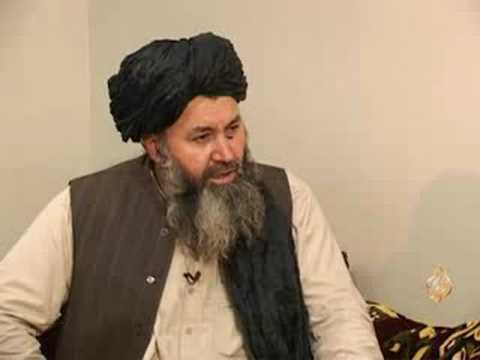
Mullah Hassan Rahmani, a member of the Taliban’s Quetta Shura, had previously opposed the appointment of Mullah Akhtar Mohammad Mansour as the jihadist group’s new emir. Rahmani reconciled with Mansour just weeks before his death.
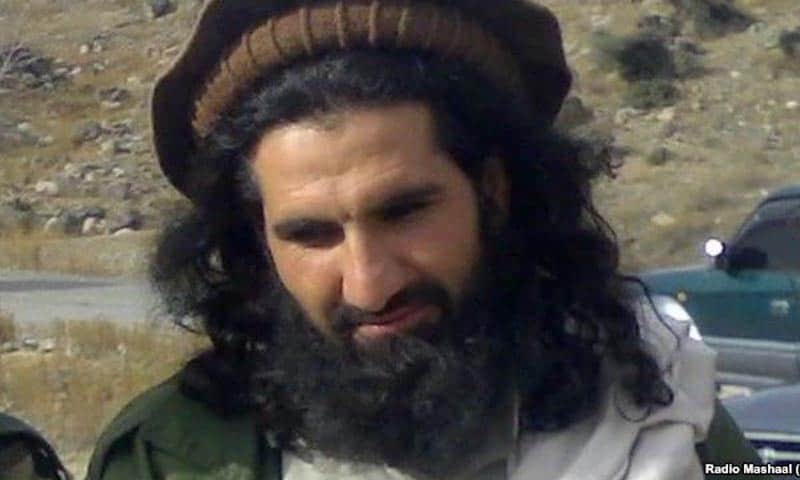
The US is reported to have killed 18 Taliban fighters from Sajna Mehsud’s Taliban faction in an airstrike in an area in Paktika province known to serve as a safe haven for several terrorist groups, including al Qaeda.

Abu Dujana al Basha is a son-in-law and trusted aide to Ayman al Zawahiri and is known as the “hidden commander” for his organization behind the scenes, including the establishment of al Qaeda in the Indian Subcontinent. Al Qaeda has not officially confirmed Basha’s death.

The Taliban’s actions do not match its words, as it continues to shelter, support, and encourage al Qaeda.

Masood Azhar, the Jaish-e-Mohammed emir, has been placed under house arrest and in protective custody at least three other times in the past.
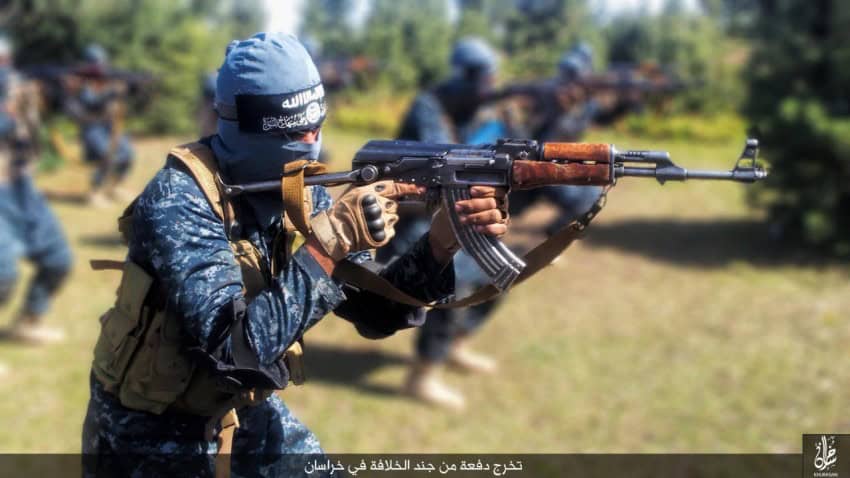
The US has treated the Islamic State Khorasan Province as a terrorist organization long before officially listing it. Four senior Khorasan Province leaders have been killed in US airstrikes over the past year.

The Movement of the Taliban in Pakistan said that a “Special Unit” from the Mujahideen Special Group “successfully targeted” and killed Pakistani security forces guarding the vaccination center. The Taliban has targeted the anti-polio drive in the past, accusing it of being a vehicle of Western intelligence services.

Muhanad Mahmoud Al Farekh, a member of al Qaeda’s paramilitary force in Afghanistan and Pakistan, was involved in a double suicide attack in Khost, Afghanistan in 2009.
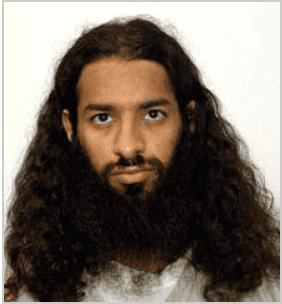
Ghana’s Ministry of Foreign Affairs & Regional Integration said in a statement that it has accepted two Guantanamo detainees who “have been cleared of any involvement in terrorist activities, and are being released.” But that is not true. Neither one of the detainees was “cleared” by President Obama’s Guantanamo Review Task Force. One of the two was previously deemed a “high risk” by Joint Task Force – Guantanamo.

The reintroduction of US and British forces in Helmand has not prevented the districts of Nowzad, Musa Qala, and Sangin from falling to the Taliban.

While the operations against the Taliban prisons in Nahr-i-Sarraj and Now Zad highlight potential capabilities of Afghanistan’s Special Security Forces, they also emphasize the worsening security situation in Helmand province.

The Islamic State’s so-called Khorasan “province” has set up a radio station to broadcast propaganda in Afghanistan. Officials have tried to jam its signal, but the station is also disseminating its content online via multiple platforms.
“Six Resolute Support service members died as a result of a vehicle-borne improvised explosive device attack in Bagram, Afghanistan,” the international coalition confirmed. Bagram is a high priority target for the Taliban.

Sangin district is the latest to fall under the Taliban’s control. The Taliban now controls five of Helmand’s 13 districts, and contests another seven.
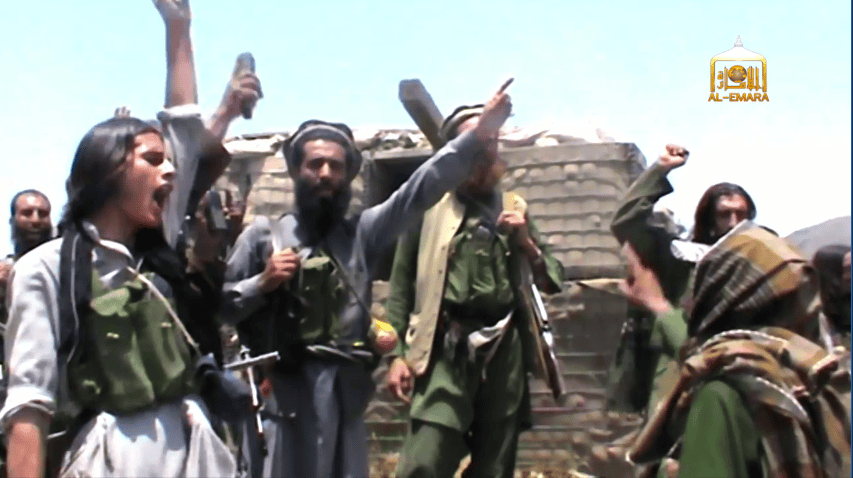
Afghan security forces claimed it ejected the Taliban from the Khanashin district center in southern Helmand province, while the Taliban claimed it seized control of Marawara in Kunar.
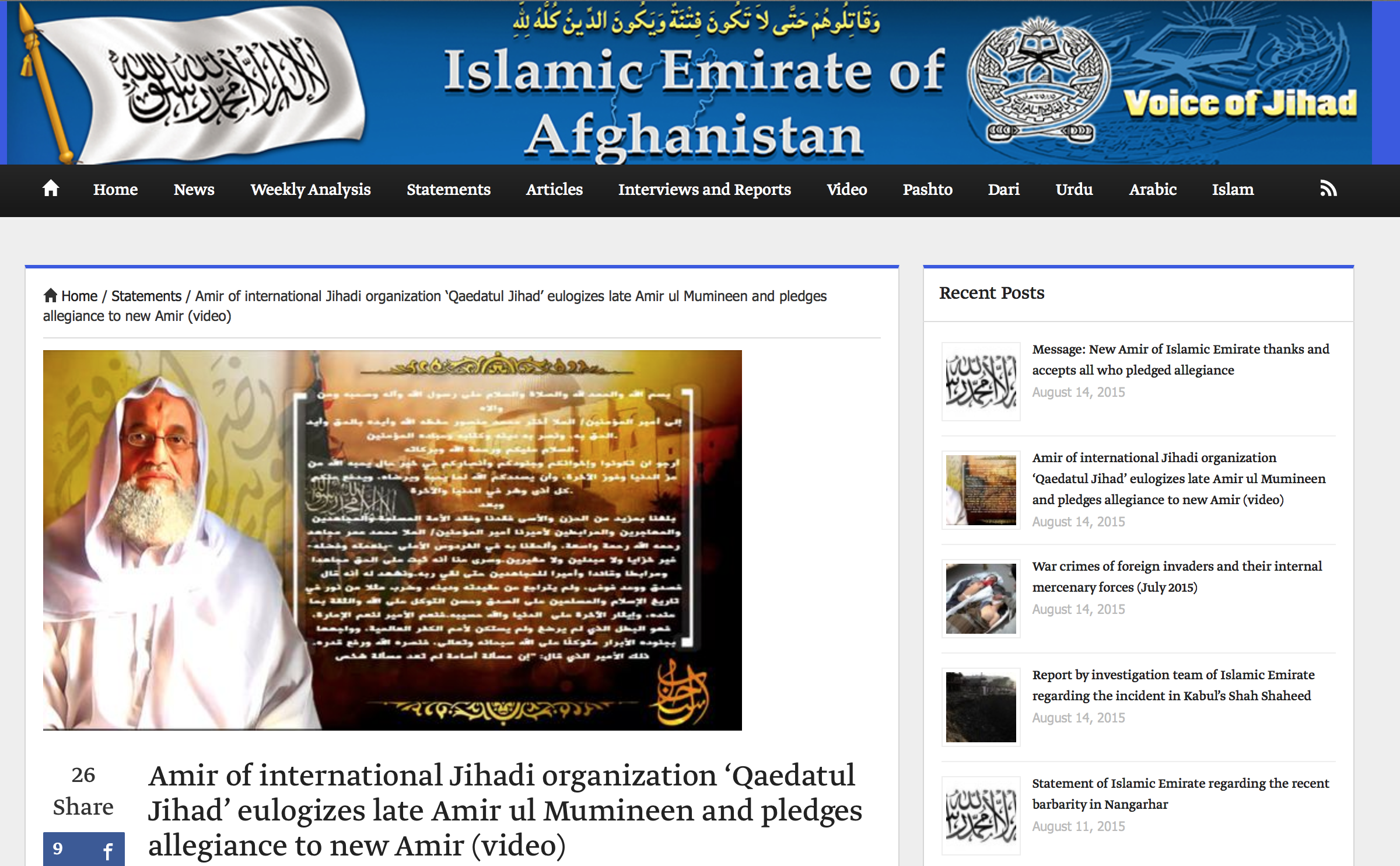
The failure to mention al Qaeda’s renewed oath to the Taliban in the military’s latest report on Afghanistan is no accidental omission.

The Pentagon’s latest report on Afghanistan pushes for reconciliation with the Taliban, but makes no mention of Mullah Mansour accepting an oath of allegiance from al Qaeda’s Ayman al Zawahiri.
The US military continues to claim that al Qaeda is “primarily concentrated in the east and northeast” of Afghanistan, despite a major operation two months ago that targeted the jihadist group at two established training facilities in Kandahar province in the southeast.